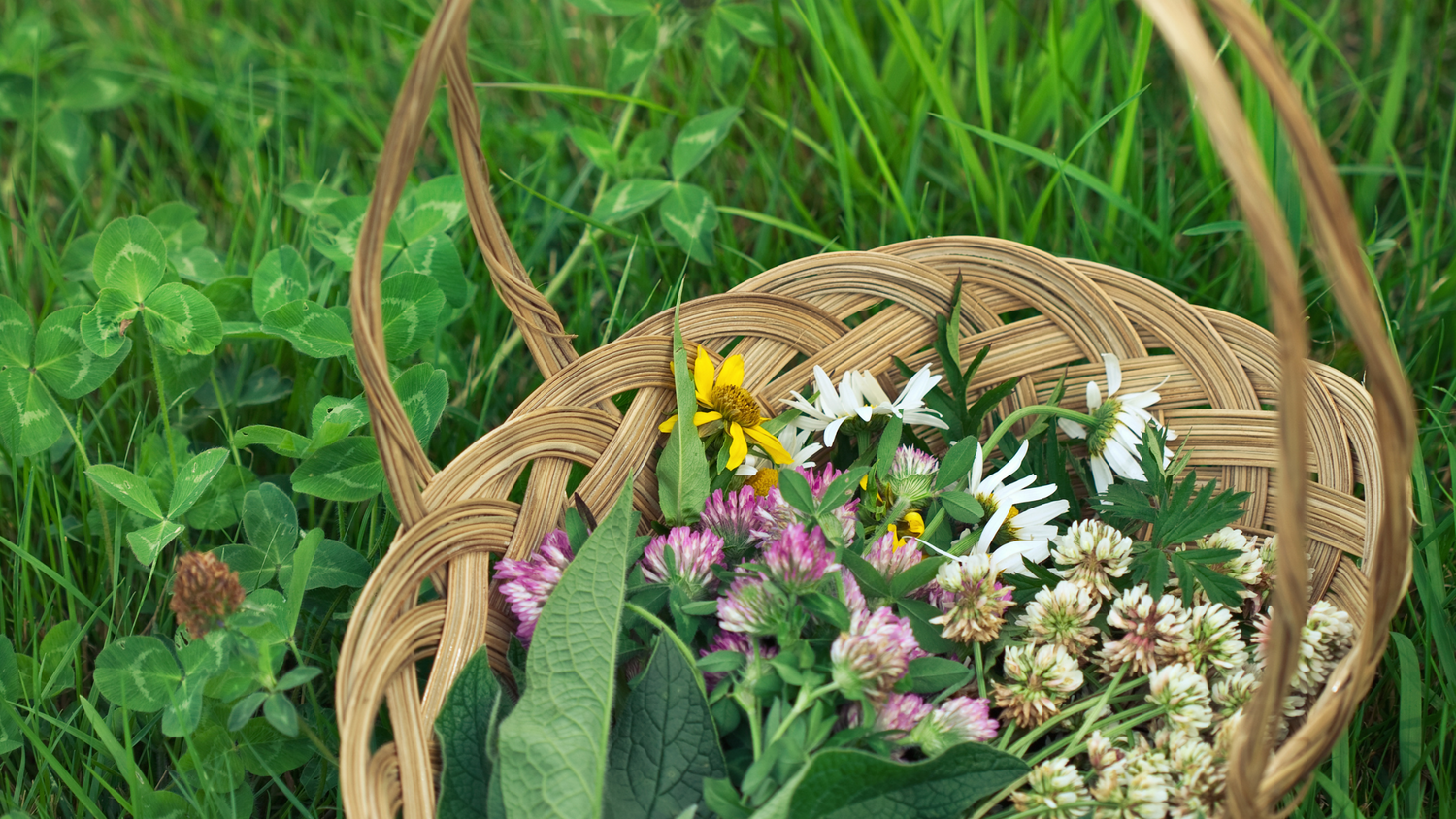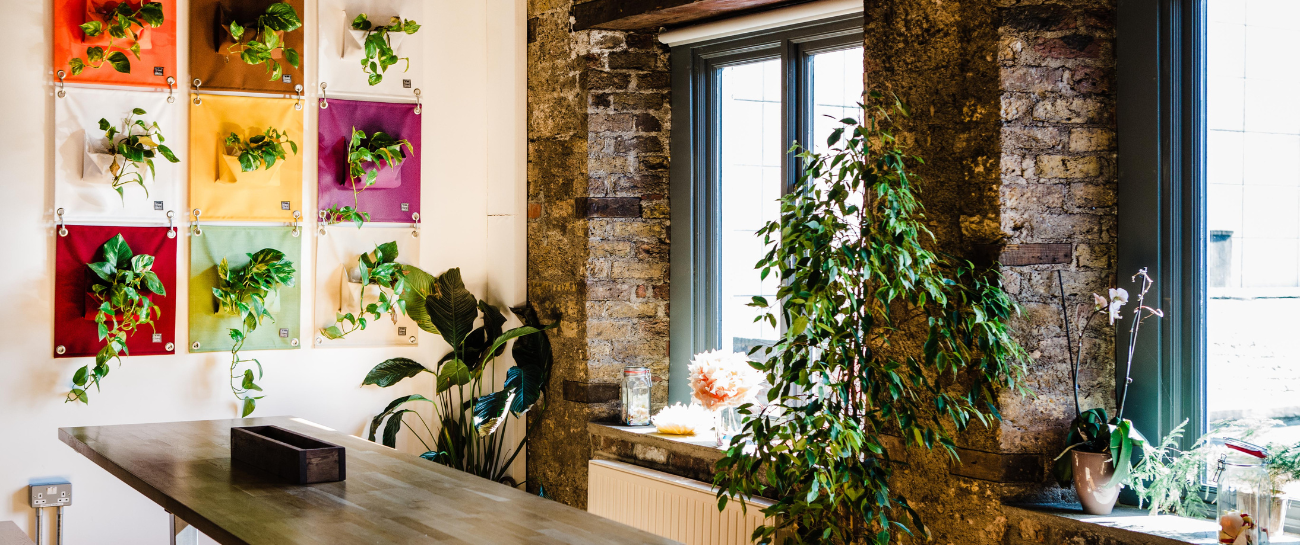Congratulations on welcoming a Christmas Cactus into your indoor plant family! This guide, prepared by our team of indoor plant experts, is designed to help your festive cactus bloom beautifully year after year.
History of the Christmas Cactus
The Christmas Cactus, known scientifically as Schlumbergera, boasts a fascinating history rooted in the tropical rainforests of Brazil. This plant starkly contrasts the common perception of cacti being desert dwellers. It prospers in the humid, shaded environments of its native rainforest.
- Adaptation to Rainforest Life: Schlumbergera's evolution in the Brazilian rainforests has equipped it to thrive in moist conditions, diverging from the arid habitat preferences of most cacti. It typically grows on trees or rocky surfaces, utilising its specialised root system to draw moisture from the surrounding air, a trait atypical for cacti.
- A Symbol of Holiday Cheer: The Christmas Cactus is so named due to its timely blooming around the Christmas season in the Northern Hemisphere. This seasonal synchronicity has led to its adoption as a popular and beloved holiday plant, often gracing homes with its presence during winter celebrations.
- Display of Colourful Flowers: The plant is renowned for its stunning, tubular flowers that burst into a spectrum of colours ranging from pink to red, white, or purple. These vibrant blooms contrast sharply against the bleakness of winter, bringing a touch of warmth and color to the colder months.
Did You Know?...
The Christmas Cactus, a remarkable plant variety, is celebrated for its unique blooming habits and distinct care needs, setting it apart from the more common cactus species. Here are some fun facts about this festive favourite:
- Winter Blooming Marvel: The Christmas Cactus challenges the usual expectations of cacti with its stunning flowers that bloom in the heart of winter. Unlike its desert counterparts, this plant thrives in cooler, less sun-intensive conditions, making it an ideal indoor plant during the colder months.
- Exceptional Lifespan: Remarkably, with attentive care, these plants can live for many years, often surpassing a decade. Their impressive longevity allows them to be passed down through generations, becoming treasured family keepsakes and part of holiday traditions.
- Sensitive to Light Cycles: This cactus is a photoperiodic plant, meaning its flowering cycle is triggered by the changing lengths of day and night. As the days shorten in the autumn, the plant naturally starts the process of bud formation, culminating in its spectacular bloom during the winter season. This adaptation aligns its blooming period with festive times, further endearing it as a holiday favourite.

Common Issues with Christmas Cacti
Christmas Cacti, while relatively low-maintenance, do have specific care requirements to stay healthy and vibrant. Understanding and addressing these common issues will help keep your cactus thriving:
- Dropping Buds: One of the most disheartening issues is when your Christmas Cactus drops its buds before they have a chance to bloom. This problem is often caused by environmental stress. Inconsistent watering—either too much or too little—can lead to bud drop. Similarly, low humidity levels, particularly in dry indoor environments, can stress the plant. To mitigate this, maintain a consistent watering schedule, allowing the top layer of soil to dry out between waterings. Using a humidity tray or placing a water bowl near the plant during dry months can help maintain ambient moisture
- Wilting Leaves: Wilting or limp leaves usually signal over-watering or poor drainage, both of which can lead to root rot. Planting your Christmas Cactus in well-draining soil is essential, ideally a mix designed for succulents or cacti. Ensure that your pot has drainage holes to allow excess water to escape. If over-watering is a recurring issue, consider reducing the frequency or amount of water you give.
- Pest Infestations: Common pests like spider mites and fungus gnats can affect the health of your Christmas Cactus. These pests typically appear when the plant is stressed or the growing conditions are not ideal. Regularly inspect your plant for signs of infestation, such as webbing (spider mites) or tiny flying insects (fungus gnats). Treat infestations promptly with appropriate insecticides or natural remedies like neem oil or insecticidal soap. Maintaining clean surroundings and avoiding over-watering can also help prevent pest problems.
By proactively addressing these common issues, you can ensure that your Christmas Cactus remains a healthy and vibrant part of your home, especially during its stunning blooming season.

Pat's Top Care Tips for Christmas Cacti
Here are some expert care tips to keep your Christmas Cactus thriving:
☀️ Lighting: Prefers bright, indirect sunlight. Too much direct sun can cause leaf burn, so a spot near an east or north-facing window is ideal.
💧 Watering: Water when the top inch of soil feels dry. Reduce watering in the Autumn
🌱 Soil: Use a well-draining soil mix, such as a combination of potting soil and perlite or sand.
🌡️ Temperature: Thrives in average room temperatures. Avoid exposure to drafts or heat sources, which can stress the plant.
🥵 Humidity: Enjoys higher humidity. Consider placing it on a pebble tray or near other plants to increase moisture.
🍴 Feeding: Fertilize monthly with a half-strength houseplant fertilizer during spring and summer.
✂️ Propagation: Easily propagated by taking a Y-shaped cutting of a healthy stem and planting it in moist soil.
🐛Pests: Watch out for common pests like spider mites. Treat with insecticidal soap or neem oil if needed.

Displaying Your Christmas Cactus at Home
Your Christmas Cactus can be much more than just a plant; it's a versatile, living decor piece. Here are some inspired ways to showcase its beauty in your home, along with additional context and tips:
Centrepiece Charm: Transform your dining table into a standout festive display by placing your Christmas Cactus as the centrepiece. Its vibrant blooms during the holiday season create a natural, festive atmosphere. Consider a decorative pot that complements your table setting for an extra touch of elegance.
Hanging Beauty: Emulate the Christmas Cactus's natural epiphytic habitat by growing it in a hanging basket. This adds a unique vertical element to your space and allows the plant's trailing branches to flow naturally, creating a captivating visual display. Hang it in well-lit areas like balconies, patios, or near windows to ensure it gets enough indirect sunlight.
Window Accent: Utilise a sunny windowsill, preferably one that receives morning light and is shaded in the afternoon, to place your Christmas Cactus. This location ensures the plant gets the light it craves without the harsh midday sun. Rotate the plant occasionally for even growth and flowering.
Grouped with Greenery: Create a lush indoor garden by grouping your Christmas Cactus with other houseplants. Pair it with plants with contrasting foliage, like ferns or spider plants, for a varied texture display. This enhances the aesthetic appeal and creates a mini ecosystem, benefiting all plants involved.
Seasonal Decor Integration: Incorporate your Christmas Cactus into your seasonal decor. During the holidays, adorn it with subtle fairy lights or small ornaments for a festive touch. Remember to keep the decorations lightweight to avoid damaging the plant.
Office Desk Companion: Brighten your workspace by placing the Christmas Cactus on your desk. Its compact size and low maintenance make it an ideal office plant, and its blooming period can add a cheerful element to your work environment.
Shelf or Bookcase Display: Utilise shelves or bookcases for an artistic display. Place the cactus among books, photo frames, and other decor items. This adds greenery to your shelf and creates a dynamic visual landscape in your living space.
By integrating these creative ideas, your Christmas Cactus will enhance your home's aesthetics and contribute to a more vibrant and inviting atmosphere.





